Home>Home Appliances>Cleaning Appliances>How To Repair Dyson Vacuum Cleaner
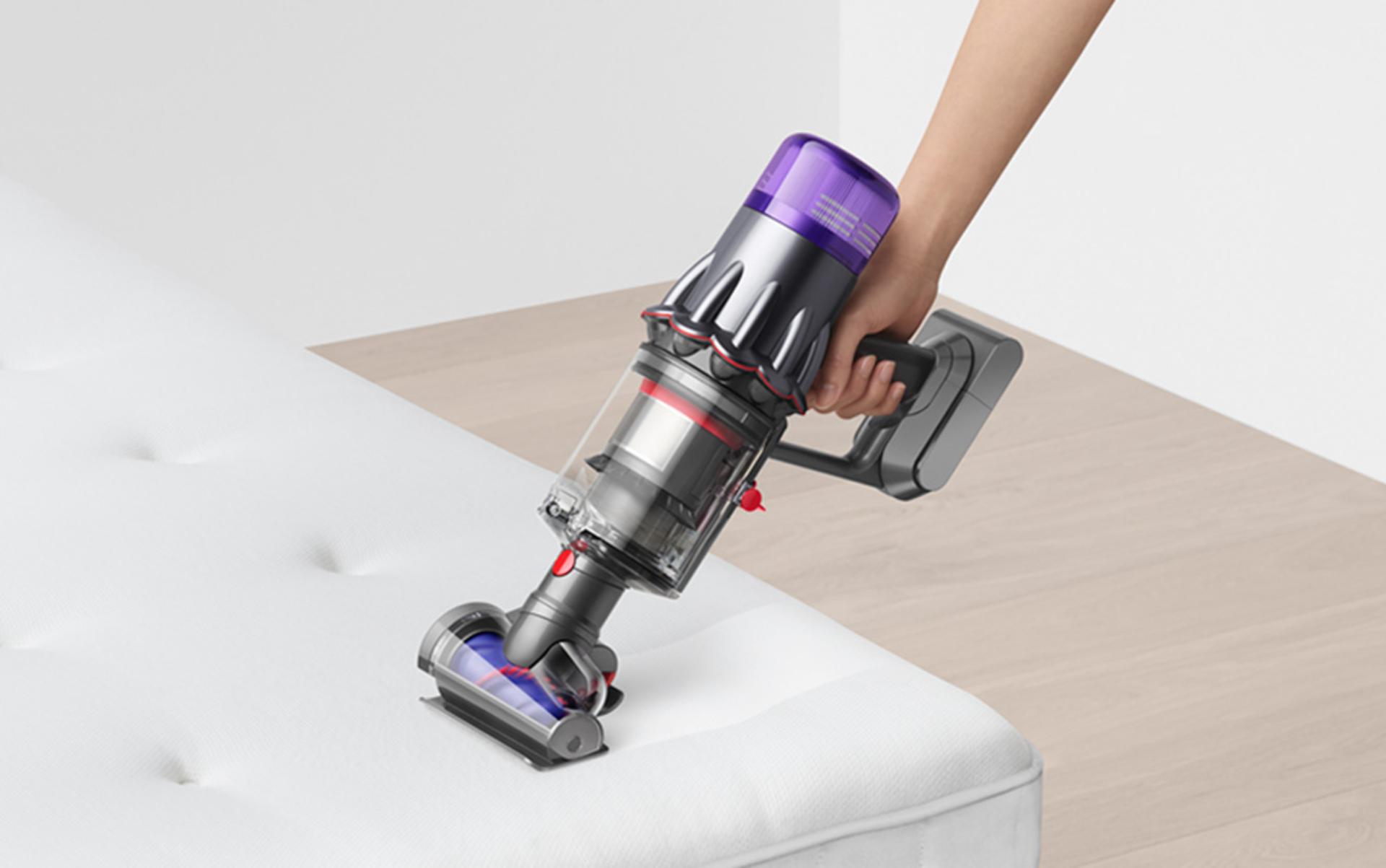

Cleaning Appliances
How To Repair Dyson Vacuum Cleaner
Modified: August 20, 2024
Learn how to repair your Dyson vacuum cleaner with our expert tips and tricks. Keep your cleaning appliances in top condition with our easy-to-follow guide.
(Many of the links in this article redirect to a specific reviewed product. Your purchase of these products through affiliate links helps to generate commission for Storables.com, at no extra cost. Learn more)
Introduction
Welcome to the world of Dyson vacuum cleaners! These innovative cleaning appliances have revolutionized the way we maintain our living spaces, offering powerful suction, advanced filtration, and cutting-edge design. Whether you own a Dyson upright, canister, stick, or handheld vacuum, you understand the exceptional performance and convenience they provide. However, like any mechanical device, Dyson vacuums may encounter issues over time, requiring maintenance and repairs to ensure their optimal functioning.
In this comprehensive guide, we will delve into the intricacies of Dyson vacuum cleaners, exploring common problems that users encounter and providing detailed steps to repair and maintain these exceptional machines. Whether your Dyson vacuum is losing suction, emitting strange noises, or experiencing other issues, this guide will equip you with the knowledge and skills to address these challenges effectively.
By understanding the inner workings of Dyson vacuums and learning how to troubleshoot and repair them, you can extend the lifespan of your appliance and continue to enjoy its exceptional performance for years to come. So, let's embark on this journey to unravel the mysteries of Dyson vacuum cleaners and empower ourselves with the know-how to keep these remarkable devices in prime condition!
Key Takeaways:
- Regular maintenance, such as cleaning filters and clearing blockages, is crucial for keeping Dyson vacuum cleaners in top condition and ensuring powerful, efficient cleaning performance.
- Identifying and addressing common issues, such as loss of suction and unusual noises, through systematic repair steps can extend the lifespan of Dyson vacuum cleaners and maintain their reliability for years to come.
Read more: Dyson Vacuum Cleaner: How It Works
Understanding the Dyson Vacuum Cleaner
Before delving into the repair and maintenance aspects, it’s essential to grasp the fundamental components and features that make Dyson vacuum cleaners stand out in the market. Dyson vacuums are renowned for their innovative technology, sleek design, and exceptional performance. One of the key distinguishing factors of Dyson vacuums is their powerful suction capabilities, which are attributed to the advanced cyclone technology incorporated into the machines.
Unlike traditional vacuum cleaners that rely on bags to capture dust and debris, Dyson vacuums utilize cyclonic separation to efficiently trap particles. This technology involves creating a high-speed cyclonic airflow within the vacuum, generating centrifugal forces that separate dirt and dust from the air. As a result, Dyson vacuums maintain strong suction power and do not suffer from a loss of performance as the dustbin fills up, providing consistent cleaning prowess.
Additionally, Dyson vacuums are equipped with advanced filtration systems, such as HEPA filters, that capture microscopic particles, including allergens and pollutants, ensuring cleaner air in your home. This feature is particularly beneficial for individuals with allergies or respiratory sensitivities, as it helps to maintain a healthier indoor environment.
Another notable aspect of Dyson vacuum cleaners is their ergonomic and user-friendly design. From the iconic ball technology in upright models for enhanced maneuverability to the lightweight and versatile configurations of stick and handheld vacuums, Dyson prioritizes user comfort and convenience. The thoughtfully engineered attachments and accessories further enhance the cleaning experience, allowing users to tackle various surfaces and reach challenging areas with ease.
Moreover, Dyson’s commitment to innovation is evident in the continuous evolution of their product line, introducing cutting-edge features such as intelligent sensors, hygienic bin emptying mechanisms, and intuitive controls. These advancements not only elevate the performance of Dyson vacuums but also reflect the brand’s dedication to enhancing the overall cleaning experience for consumers.
By comprehending the technological prowess, design ingenuity, and user-centric approach embedded in Dyson vacuum cleaners, users can appreciate the exceptional value these appliances offer. This understanding serves as a solid foundation for troubleshooting and maintaining Dyson vacuums, empowering users to address issues effectively and make informed decisions regarding repairs and upkeep.
Common Issues with Dyson Vacuum Cleaners
While Dyson vacuum cleaners are renowned for their exceptional performance and innovative features, users may encounter various issues during the lifespan of these appliances. Understanding the common problems that can arise empowers users to identify and address issues promptly, ensuring that their Dyson vacuum continues to deliver optimal cleaning performance.
One prevalent issue experienced by Dyson vacuum owners is a decline in suction power. This can manifest as reduced pickup performance or weak airflow, diminishing the vacuum’s ability to effectively clean surfaces. Several factors can contribute to a loss of suction, including blockages in the vacuum’s air pathways, clogged filters, or a full dustbin. Additionally, wear and tear on the vacuum’s components over time can impact suction, highlighting the importance of regular maintenance to uphold peak performance.
Unusual noises emanating from the vacuum can be another cause for concern. Rattling, whirring, or grinding sounds may indicate underlying mechanical issues, such as worn bearings, debris lodged in the brush bar, or damaged components. Addressing these noises promptly can prevent further damage and ensure the longevity of the vacuum.
Furthermore, brush bar malfunctions are a common issue in Dyson vacuums, particularly in models equipped with motorized brush bars for carpet cleaning. The brush bar, responsible for agitating and lifting dirt from carpet fibers, may become obstructed by hair, threads, or debris, leading to impaired performance. In some cases, the brush bar motor or belt may require attention to restore proper functionality.
Battery-related issues often affect Dyson cordless vacuums, with symptoms ranging from reduced run time to a complete inability to power the vacuum. Over time, the battery’s capacity may diminish, necessitating replacement to maintain optimal cordless cleaning convenience.
Lastly, the overall maintenance and care of the vacuum, including filter cleaning or replacement, bin emptying, and regular inspection of moving parts, are crucial to prevent and address a range of issues. Neglecting these essential tasks can lead to reduced performance, increased wear on components, and potential malfunctions.
By recognizing these common issues and their underlying causes, Dyson vacuum owners can proactively troubleshoot and address these challenges, preserving the performance and longevity of their cleaning appliance. In the following sections, we will explore the tools and materials required for repairing Dyson vacuums and provide detailed steps to address these common issues effectively.
Tools and Materials Required for Repair
Before embarking on the repair of a Dyson vacuum cleaner, it’s essential to gather the necessary tools and materials to facilitate the troubleshooting and maintenance processes. Equipping yourself with the right resources ensures that you can address common issues effectively and restore your Dyson vacuum to optimal working condition.
Tools:
- Screwdriver Set: A set of Phillips and flathead screwdrivers is indispensable for accessing and disassembling various components of the vacuum.
- Scissors or Wire Cutters: These tools are useful for removing tangled hair, threads, or debris from the brush bar and other components.
- Needle-Nose Pliers: Ideal for extracting stubborn debris or foreign objects from confined spaces within the vacuum.
- Clean, Dry Cloth: Essential for wiping down components and surfaces during the repair process.
- Soft Bristle Brush: Useful for gently cleaning delicate parts and dislodging dust and debris from intricate areas.
Read more: What Is The Best Dyson Vacuum Cleaner
Materials:
- Replacement Filters: Depending on the model of your Dyson vacuum, it's advisable to have replacement filters on hand to maintain optimal filtration performance.
- Lubricant: A silicone-based lubricant can be beneficial for addressing squeaks or stiffness in moving parts.
- Replacement Battery (For Cordless Models): If your Dyson cordless vacuum is experiencing battery-related issues, having a replacement battery ensures uninterrupted cleaning capability.
- Cleaning Solution: Mild detergent or specialized cleaning solutions may be required for washing and maintaining certain components, such as the dustbin and filters.
- Replacement Brush Bar (If Necessary): In cases where the brush bar exhibits significant wear or damage, having a replacement brush bar on hand can expedite the repair process.
By ensuring that you have the appropriate tools and materials readily available, you can approach the repair and maintenance of your Dyson vacuum with confidence and efficiency. These resources empower you to address common issues, perform routine upkeep, and extend the longevity of your cleaning appliance. In the subsequent section, we will delve into the step-by-step process of repairing a Dyson vacuum, leveraging the gathered tools and materials to overcome common challenges effectively.
Steps to Repair a Dyson Vacuum Cleaner
Repairing a Dyson vacuum cleaner involves a systematic approach to troubleshooting common issues and performing necessary maintenance tasks. By following these step-by-step instructions, you can effectively address prevalent problems and restore your Dyson vacuum to optimal working condition, ensuring continued powerful performance and longevity.
Step 1: Identify the Issue
Begin by diagnosing the specific problem affecting your Dyson vacuum. Whether it’s a loss of suction, unusual noises, brush bar malfunctions, or battery-related issues, pinpointing the root cause is essential for formulating an effective repair strategy.
Step 2: Prepare the Work Area
Find a well-lit and spacious area to work on your Dyson vacuum. Lay down a clean cloth or towel to protect the vacuum and provide a comfortable workspace. Ensure that all necessary tools and materials are within reach.
Read more: How Do You Empty A Dyson Vacuum Cleaner
Step 3: Access and Inspect Components
Using the appropriate screwdrivers, carefully disassemble the relevant sections of the vacuum to access the components related to the identified issue. Inspect the brush bar, filters, air pathways, and other critical parts for blockages, damage, or wear.
Step 4: Clear Blockages and Clean Components
Remove any debris, hair, or foreign objects obstructing the brush bar, air pathways, or filters. Utilize scissors, pliers, or a soft brush to dislodge and extract stubborn obstructions. Thoroughly clean the dustbin, filters, and brush bar to ensure optimal performance.
Step 5: Address Mechanical Issues
If the issue involves unusual noises or mechanical malfunctions, inspect the motor, bearings, and moving parts for signs of wear or damage. Apply lubricant to relevant components to address squeaks or stiffness, ensuring smooth operation.
Step 6: Replace Worn or Damaged Parts
If components such as filters, the brush bar, or other essential parts show significant wear or damage, replace them with new, compatible replacements. Having replacement parts readily available expedites the repair process and ensures the vacuum’s continued functionality.
Read more: How Do You Clean A Dyson Vacuum Cleaner
Step 7: Reassemble and Test the Vacuum
Once the necessary repairs and maintenance tasks are completed, reassemble the vacuum carefully, ensuring that all components are securely in place. Test the vacuum to verify that the identified issue has been resolved and that the appliance operates smoothly and efficiently.
Step 8: Perform Routine Maintenance
After the repair is complete, incorporate regular maintenance practices into your cleaning routine. This includes emptying the dustbin, cleaning filters, and inspecting the vacuum for any emerging issues to prevent future malfunctions.
By following these systematic steps, you can effectively troubleshoot and repair common issues affecting your Dyson vacuum cleaner. The proactive approach to maintenance and repair not only restores the appliance’s performance but also contributes to its prolonged functionality and reliability. With the repair process completed, it’s essential to adopt ongoing maintenance practices to sustain the optimal operation of your Dyson vacuum.
Maintenance Tips for Dyson Vacuum Cleaners
Regular maintenance is crucial for preserving the performance, longevity, and reliability of Dyson vacuum cleaners. By incorporating these essential maintenance tips into your cleaning routine, you can ensure that your Dyson vacuum continues to deliver powerful suction, efficient filtration, and seamless operation over the long term.
1. Clean Filters Regularly
Filters play a critical role in capturing dust and allergens, maintaining optimal suction, and ensuring cleaner air output. Depending on your Dyson model, regularly remove and clean the filters as per the manufacturer’s instructions. For certain models, washable filters can be rinsed and air-dried, while others may require periodic replacement.
2. Clear Blockages Promptly
Regularly inspect the brush bar, air pathways, and hose for any blockages caused by hair, threads, or debris. Addressing blockages promptly prevents a decline in suction and maintains the vacuum’s cleaning efficiency. Utilize scissors, pliers, or a brush to dislodge and remove obstructions carefully.
3. Empty the Dustbin Regularly
Ensure that the dustbin is emptied after each cleaning session or when it reaches the indicated fill level. A full dustbin can impede airflow and diminish suction power. Additionally, regular emptying prevents the accumulation of debris, minimizing the risk of odors and maintaining hygienic operation.
4. Inspect and Maintain the Brush Bar
For models equipped with motorized brush bars, regularly inspect the brush bar for tangled hair, fibers, or debris. Clear any obstructions to prevent strain on the motor and ensure effective carpet cleaning. Periodically remove the brush bar for thorough cleaning and maintenance.
5. Check Moving Parts for Wear
Inspect the vacuum’s moving parts, including wheels, bearings, and brush bar bearings, for signs of wear or damage. Lubricate these components as needed to ensure smooth operation and minimize friction-related issues.
Read more: How To Store Dyson Vacuum
6. Recharge or Replace the Battery (For Cordless Models)
If you own a Dyson cordless vacuum, monitor the battery’s performance and recharge it as necessary to maintain uninterrupted cleaning capability. Over time, consider replacing the battery if its capacity diminishes significantly, impacting the vacuum’s run time.
7. Store the Vacuum Properly
When not in use, store your Dyson vacuum in a clean, dry area, away from direct sunlight and moisture. Proper storage minimizes the accumulation of dust and maintains the appliance’s condition for long-term reliability.
By adhering to these maintenance tips, you can uphold the performance and durability of your Dyson vacuum cleaner, ensuring that it remains a dependable and efficient cleaning companion. Incorporating these practices into your cleaning routine contributes to a healthier indoor environment and extends the lifespan of your valuable cleaning appliance.
Conclusion
As we conclude our comprehensive guide to repairing and maintaining Dyson vacuum cleaners, it’s evident that these innovative appliances require proactive care and attention to deliver consistent performance and longevity. By understanding the intricacies of Dyson vacuums, recognizing common issues, and mastering the repair and maintenance process, users can ensure that their cleaning appliance remains a reliable and effective tool for maintaining clean and healthy living spaces.
From addressing loss of suction and unusual noises to maintaining filters, clearing blockages, and inspecting moving parts, the repair and maintenance of Dyson vacuums involve a systematic approach to troubleshooting and upkeep. Equipped with the necessary tools, materials, and knowledge, users can confidently tackle common issues and restore their Dyson vacuum to optimal working condition.
Furthermore, the integration of routine maintenance practices, such as regular filter cleaning, dustbin emptying, and brush bar maintenance, is essential for preventing issues and preserving the vacuum’s performance over time. For cordless models, monitoring and maintaining the battery’s condition is crucial to ensure uninterrupted cleaning convenience.
By adopting these maintenance tips and incorporating the repair process into your cleaning routine, you can maximize the lifespan and efficiency of your Dyson vacuum cleaner, contributing to a cleaner, healthier home environment and minimizing the need for extensive repairs or replacements in the future.
Ultimately, the commitment to proactive maintenance and timely repairs empowers Dyson vacuum owners to derive lasting value and performance from their cleaning appliance, underscoring the brand’s dedication to delivering exceptional cleaning solutions that stand the test of time.
With a blend of technological innovation, user-centric design, and diligent maintenance, Dyson vacuum cleaners continue to set the standard for powerful, reliable, and convenient cleaning, enriching the lives of users and contributing to cleaner, healthier homes for years to come.
Frequently Asked Questions about How To Repair Dyson Vacuum Cleaner
Was this page helpful?
At Storables.com, we guarantee accurate and reliable information. Our content, validated by Expert Board Contributors, is crafted following stringent Editorial Policies. We're committed to providing you with well-researched, expert-backed insights for all your informational needs.
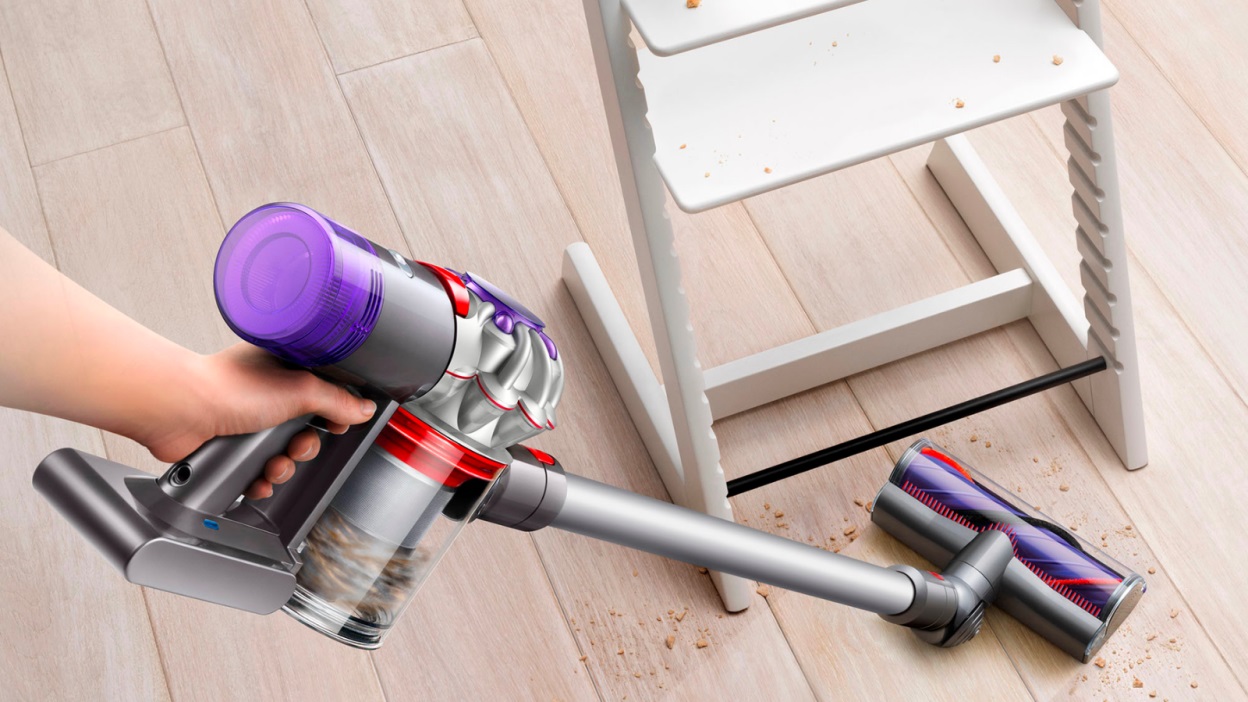
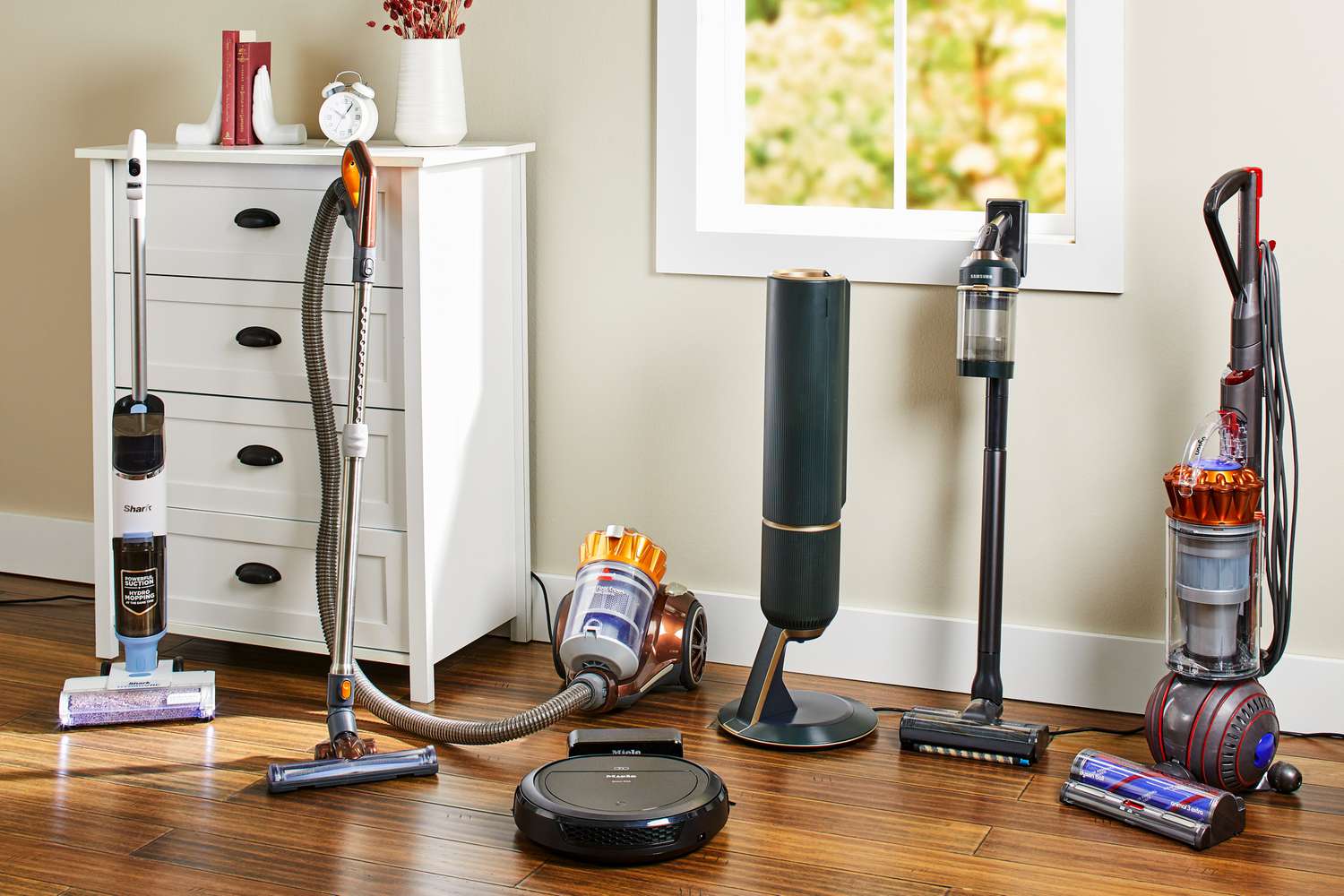
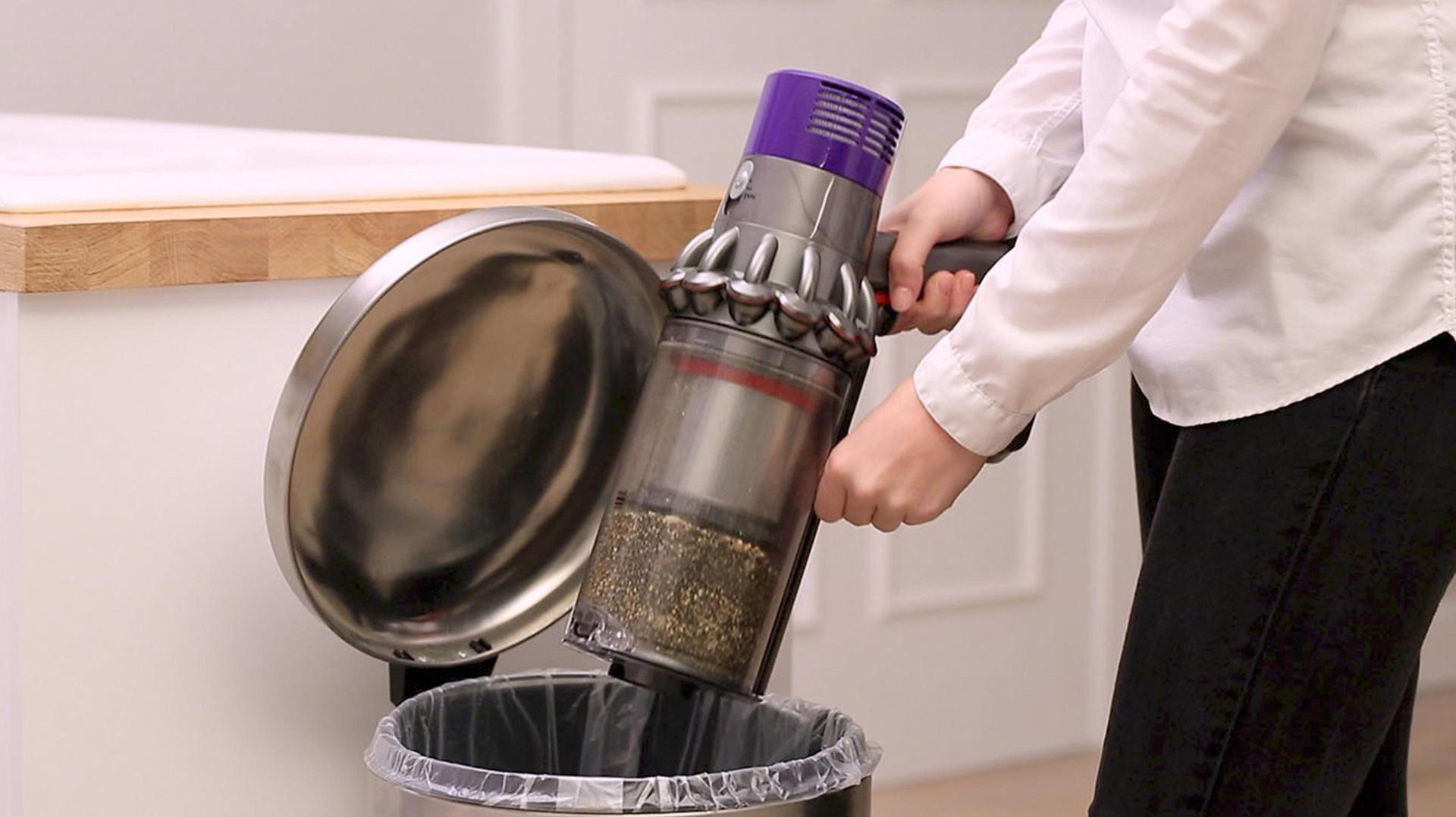

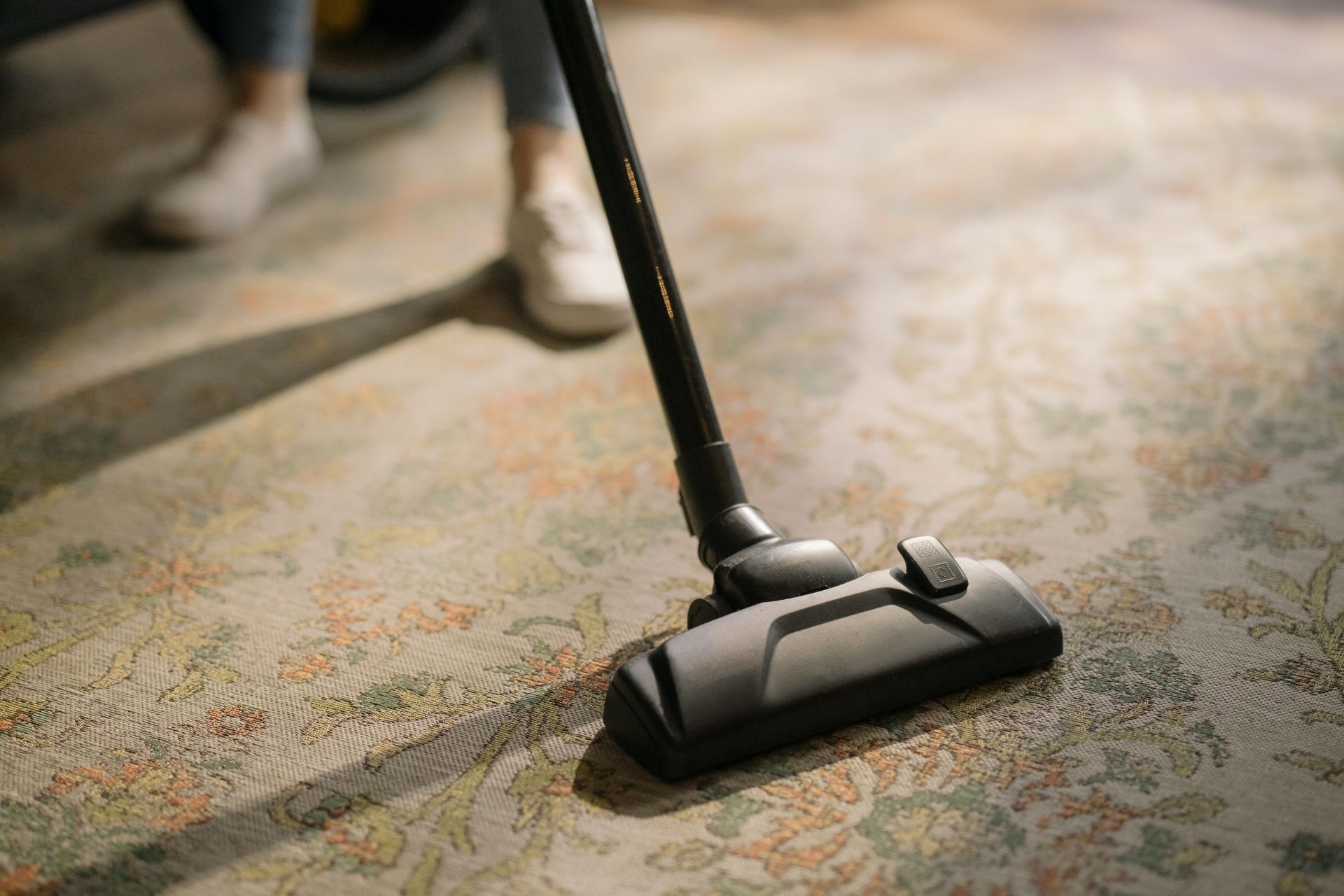
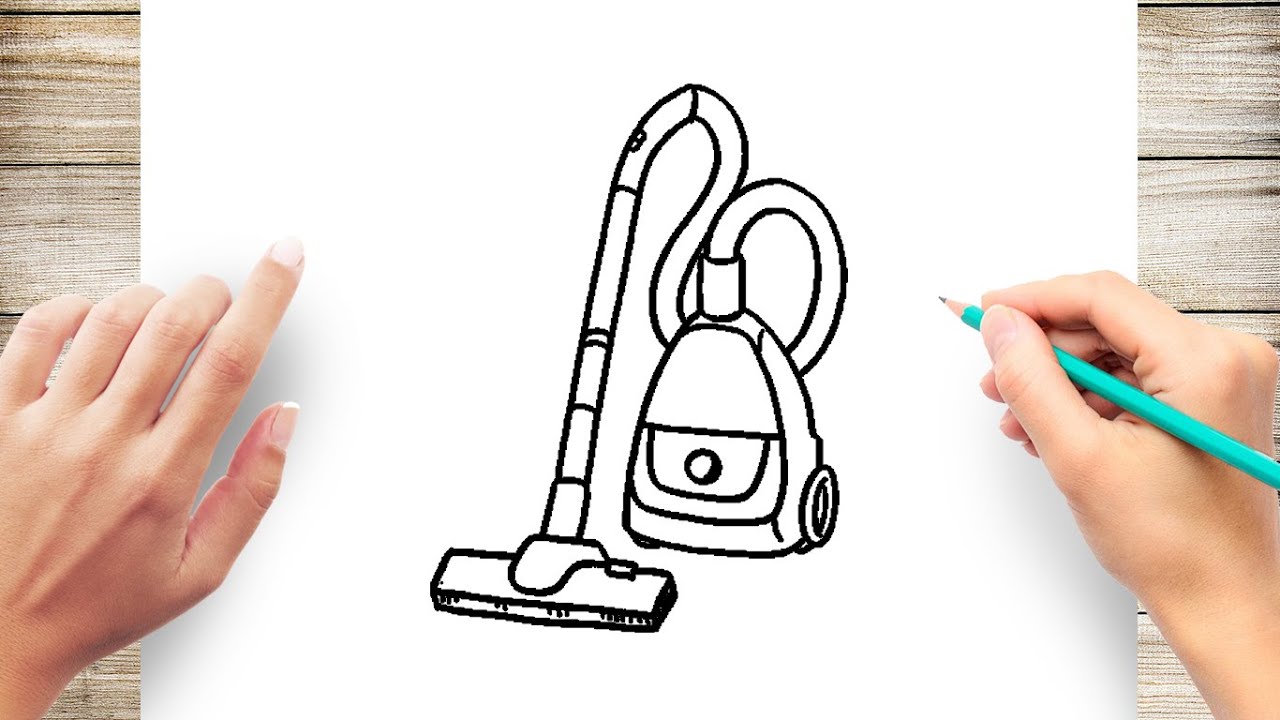
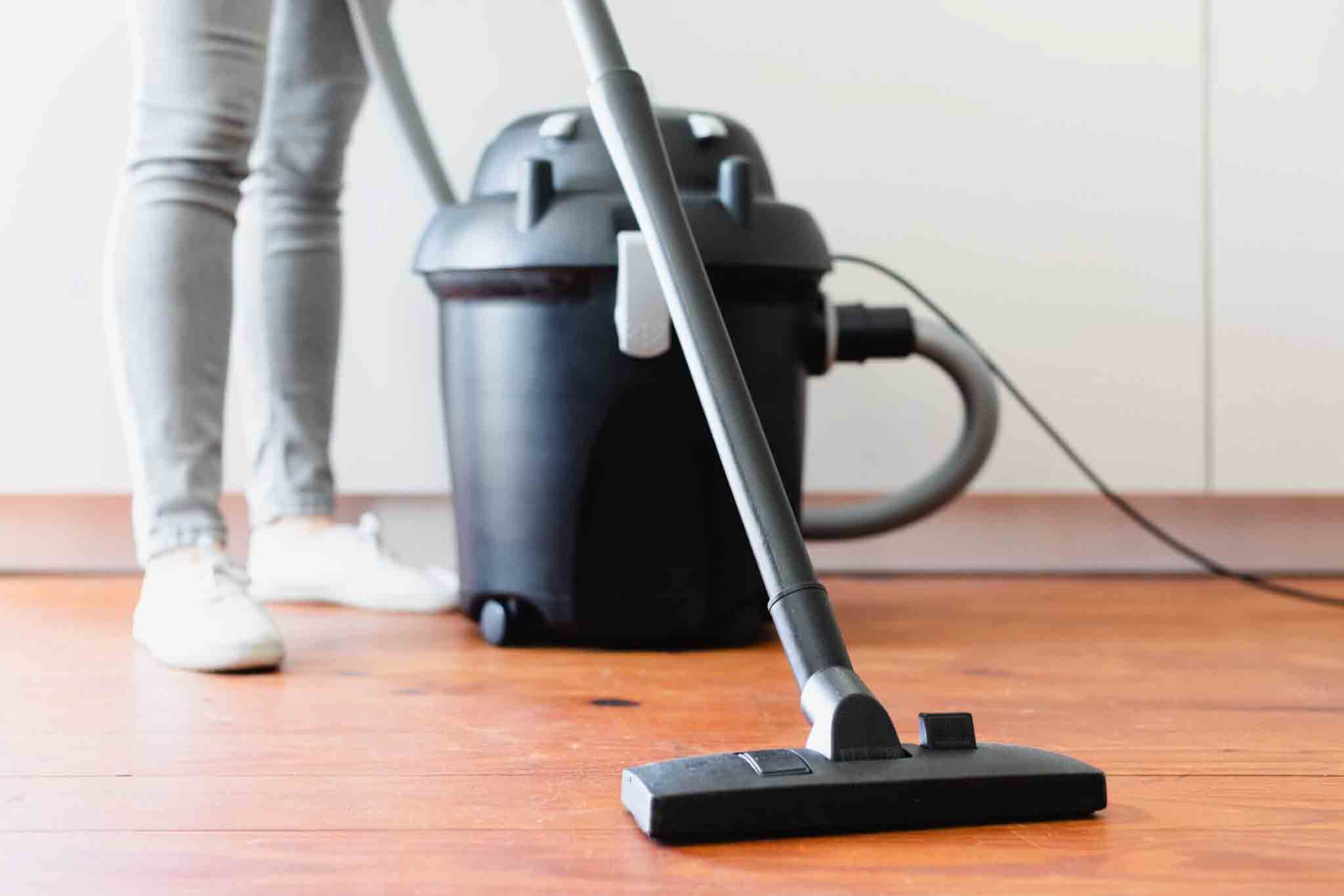
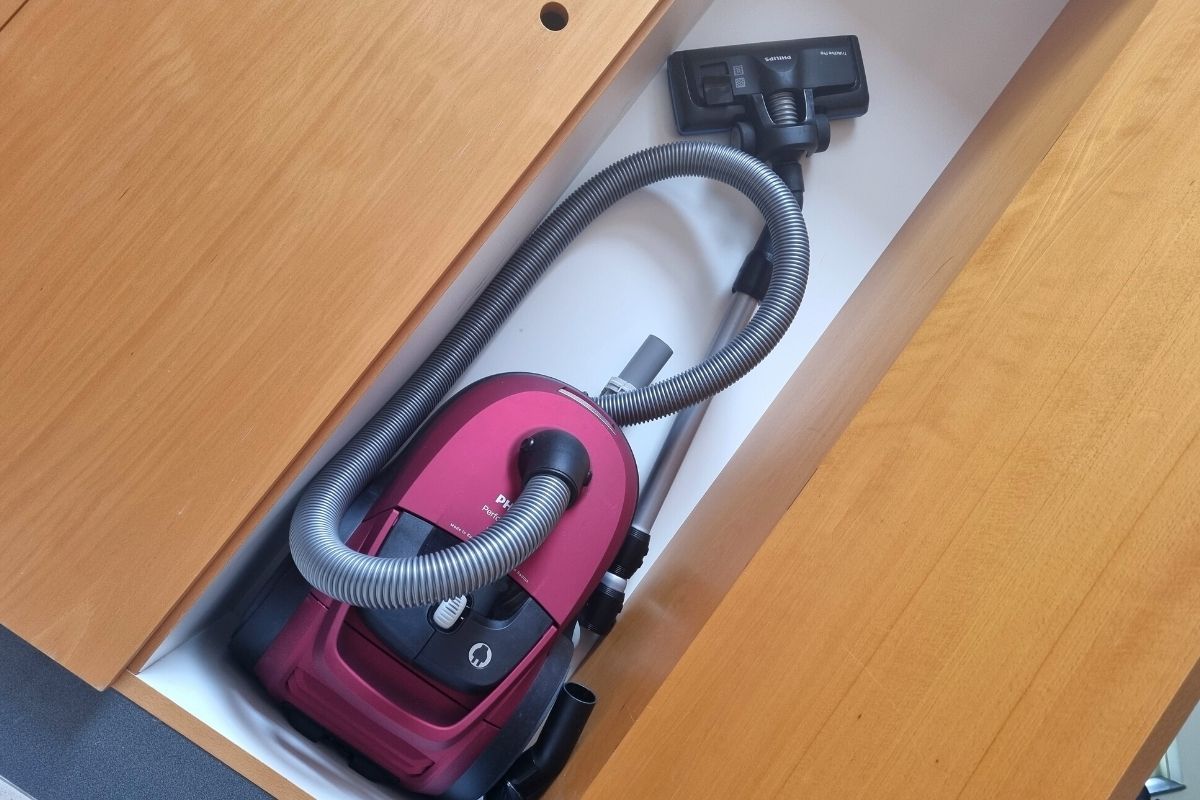
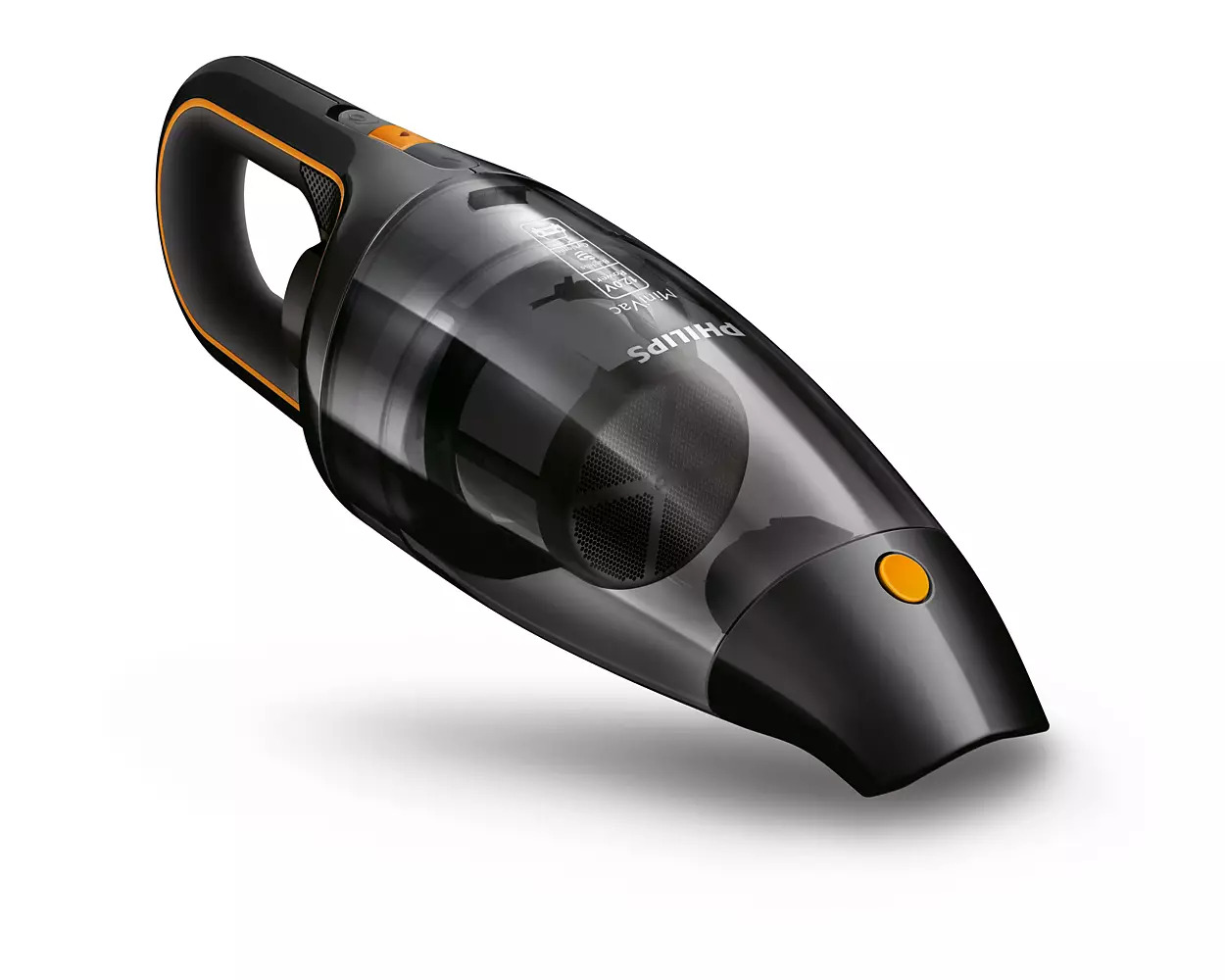
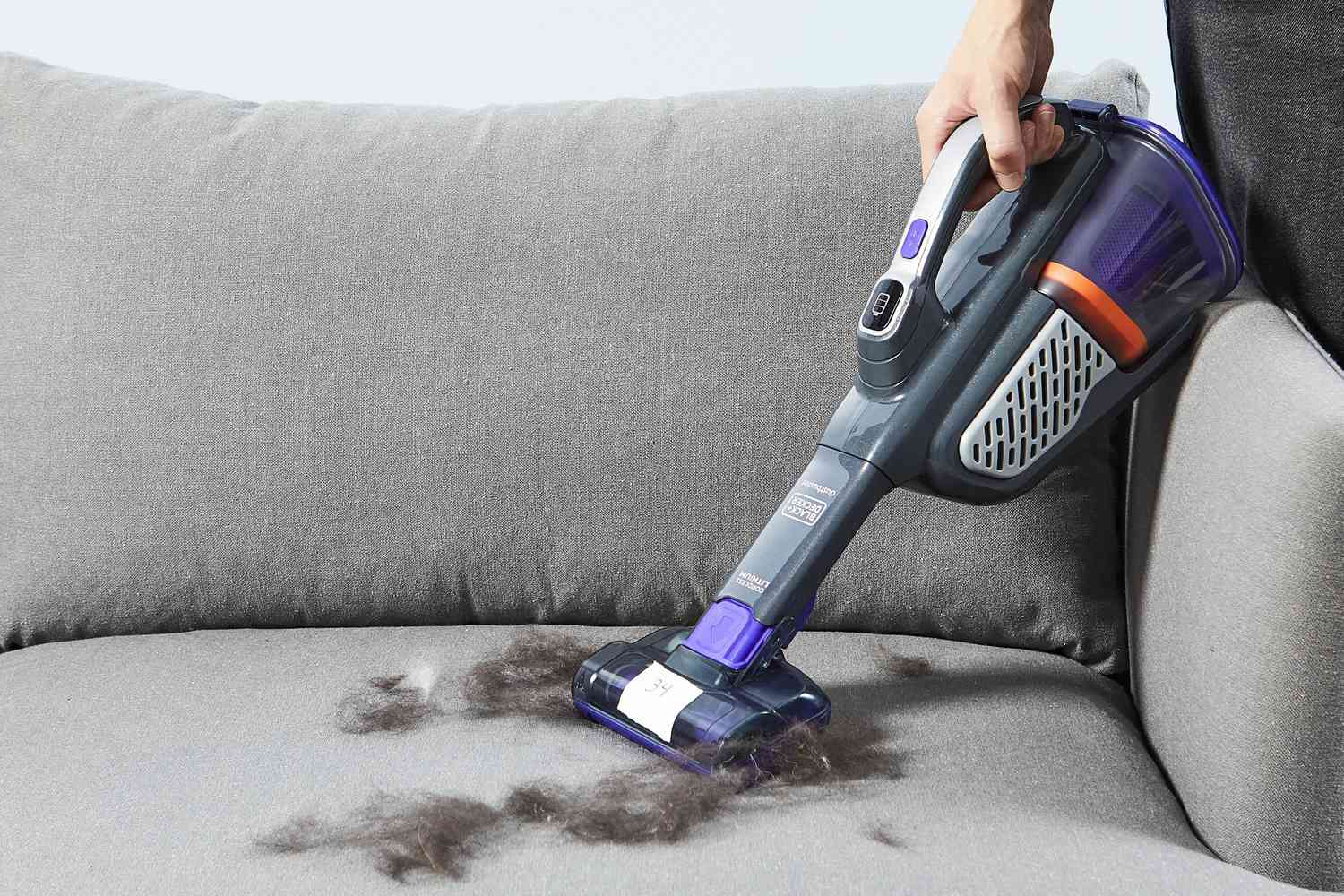

0 thoughts on “How To Repair Dyson Vacuum Cleaner”